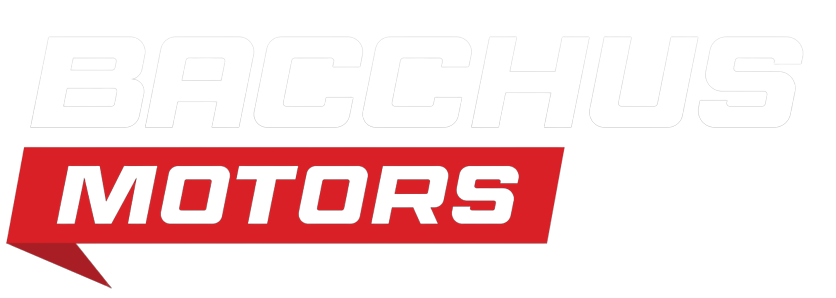
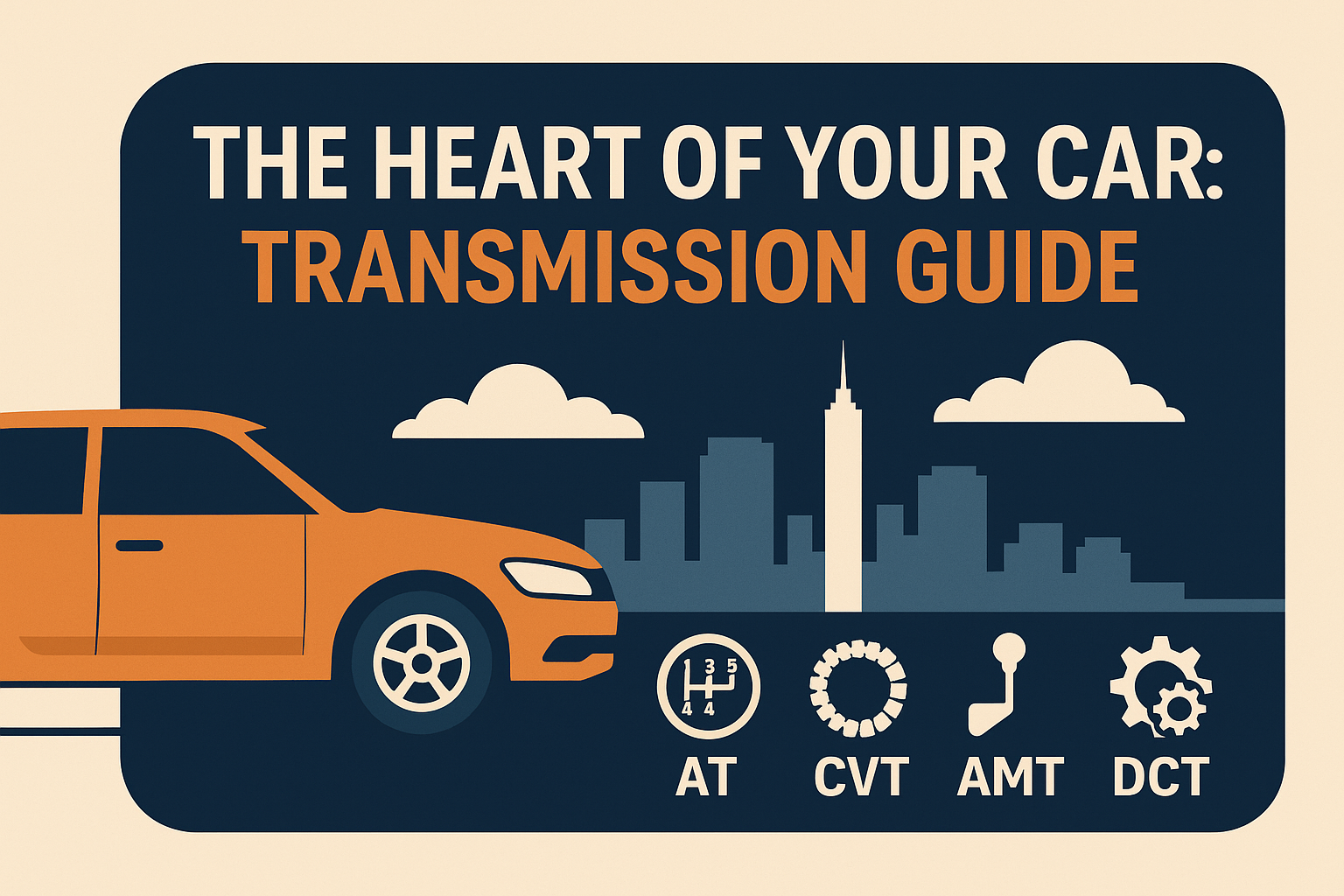
The Heart of Your Car: A Deep Dive into Transmissions
If you drive in Kenya, your gearbox choice affects more than just how your right foot feels. It shapes how easily you creep along Uhuru Highway at rush hour, how confidently you descend the Limuru escarpment with a full boot, and how much you spend at the pump and the garage. This guide translates transmission jargon into plain English and applies it to Kenyan realities—heat, dust, speed bumps, steep grades, second-hand imports, variable mechanic expertise, and long A104/A109 highway runs. We’ll unpack how each transmission works, its pros and cons here at home, what to watch for when buying used, and how to care for it so it lasts.
Table of Contents
ToggleWhat a Transmission Actually Does—Without the Jargon
Your engine makes power in a narrow “happy zone.” The transmission multiplies and manages that power so your wheels turn smoothly from standstill to highway speed. Low gears give torque for take-off and hills; higher gears cut engine revs for quiet, efficient cruising. Different transmission designs solve the same problem with different trade-offs—simplicity vs. comfort, purchase price vs. maintenance, performance vs. longevity. Understanding those trade-offs is key to picking the right car for Nairobi’s stop-start congestion, Kisumu’s humidity, Mombasa’s heat, or up-country gradients.
The Kenya Context: How We Drive & Maintain
Roads & routes. Kenya mixes urban crawl (Nairobi, Mombasa, Kisumu) with steady inter-county cruises and occasional rough patches. Speed bumps, rumble strips, and steep hills are common. Many drivers split time between city and up-country trips to Nakuru, Eldoret, Nyeri or the Coast.
Used import ecosystem. The bulk of cars are second-hand imports from Japan and the UK. That means great variety—but also wide variation in prior care, transmission type, and service histories. Chassis codes/trim levels often determine whether a model is MT, AT, CVT, AMT, or DCT.
Mechanic familiarity & parts. Most garages are confident with manuals and conventional automatics; CVTs are now common but require the right fluids and procedures. DCTs need specialist knowledge. Parts availability varies by brand and model year; Toyota/Nissan/Mazda spares are generally easier to source, with German and some Korean brands requiring a bit more planning.
Fuel economy & commercial use. Uber/Bolt drivers and family commuters value economy and smoothness; fleet and rural users favour durability and hill control. Your use case should lead your transmission choice, not the other way around.
Manual Transmission (MT)
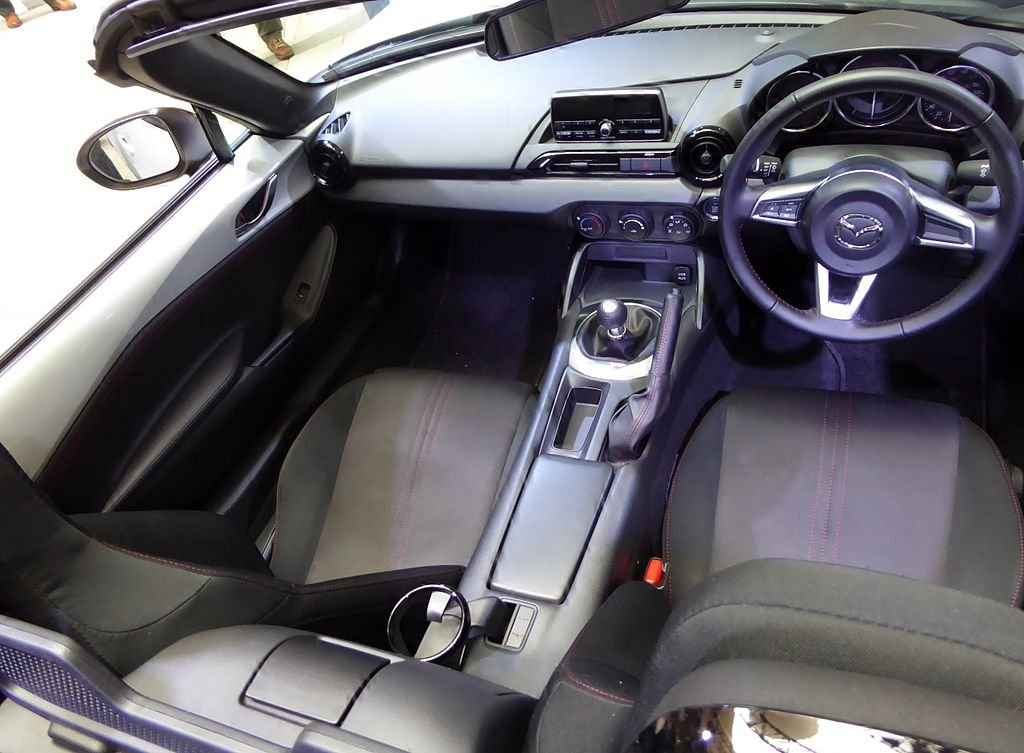
How it works (simple). The driver uses a clutch pedal and gear lever to select fixed ratios. It’s mechanical, direct, and light on electronics.
Why Kenyans like it.
- Excellent hill control and engine braking for up-country roads.
- Usually cheapest to buy and maintain; widely understood by fundi.
- Tolerant of heat and dust when serviced on schedule.
Trade-offs in daily life.
- Tiresome in bumper-to-bumper Nairobi traffic.
- Poor clutch technique (riding/slipping) wears parts quickly.
- Resale in city-focused segments can be weaker than autos.
Best for. Budget buyers, rural users, pickups, light commercial work, enthusiasts who enjoy involvement. Maintenance watch-list. Clutch disc/pressure plate/release bearing, linkage/cables, gearbox oil changes at proper intervals. A slipping clutch, grinding into gears, or a high bite point signals attention is due.
Buying used tip. Test the clutch on a hill start, listen for gearbox whine in 3rd/5th, and check for fresh, correct-spec gear oil rather than generic “it was topped up.”
Automatic Transmission (AT)
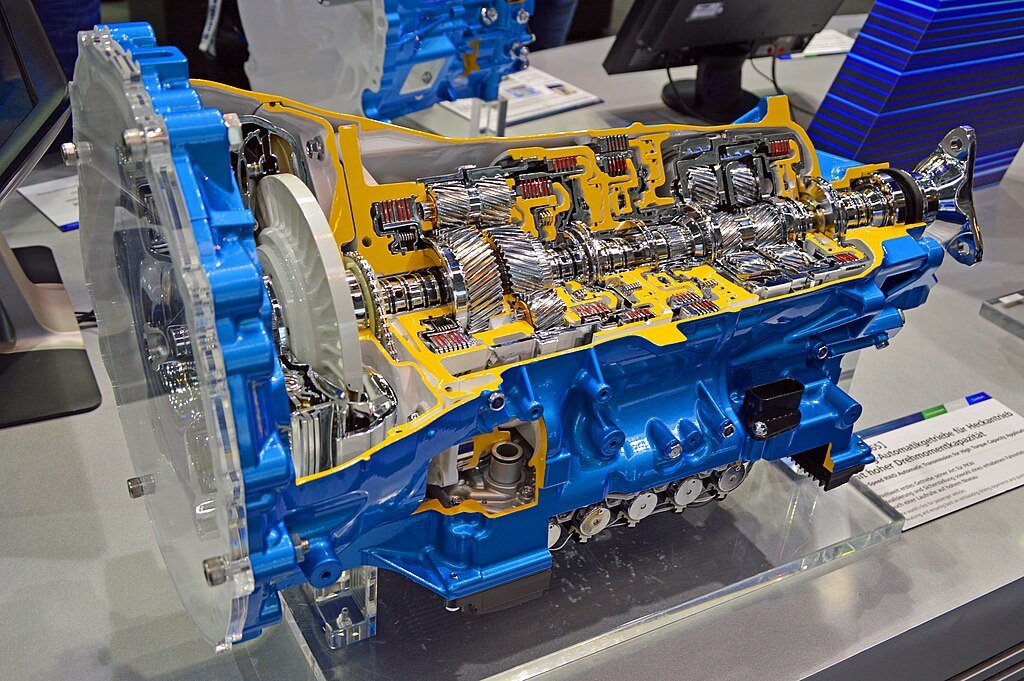
How it works. Uses a torque converter and planetary gearsets; shifts itself based on throttle and speed. Modern ATs can lock the torque converter for efficiency and may have 6–10 speeds.
Kenya advantages.
- Smooth, stress-free driving in traffic—perfect for Nairobi/Mombasa commutes.
- Generally robust for hills and heat if serviced correctly.
- Abundant in common Japanese models; parts and knowledge fairly available.
Trade-offs.
- Often slightly worse economy than a CVT in small cars.
- More fluid complexity: ATF type and change intervals matter.
- Neglected fluid or overheating can lead to expensive repairs.
Best for. Family cars and crossovers, daily commuters, ride-hailing drivers prioritizing smoothness.
Maintenance watch-list.
- Use the exact ATF spec (not “universal”).
- Watch transmission temps on long climbs/heavy loads; ensure the cooler is healthy.
- Address leaks early; slipping or harsh shifts need diagnostics, not guesses.
Buying used tip. Warm the car fully. It should engage Drive/Reverse quickly and shift smoothly without flare (rev rise) or thunking. Inspect ATF colour/smell; burnt fluid suggests trouble.
Continuously Variable Transmission (CVT)
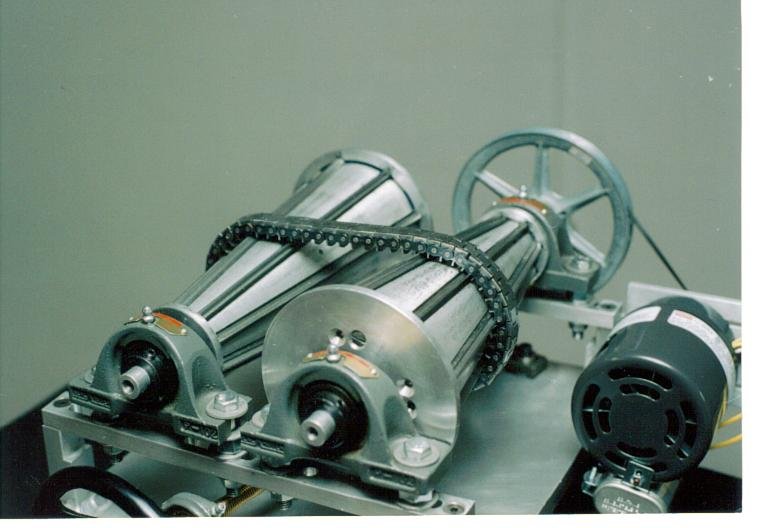
How it works. A belt or chain runs between two variable pulleys, changing the ratio continuously for the engine to stay in its efficiency sweet spot.
Kenya advantages.
- Top-tier fuel economy and smoothness in city crawling—excellent for Uber/Bolt and school runs.
- Extremely common in small Japanese imports, so supply is strong.
Trade-offs.
- Sensitive to fluid quality and temperature. Prolonged heat, hard launches, or towing can shorten life.
- Some drivers dislike the “rubber-band” feel under acceleration.
- Repair costs can spike if abused; not every garage is CVT-literate.
Best for. Urban commuters and ride-hailing focused on city work; light-duty usage.
Maintenance watch-list.
- Only CVT-specific fluid of the correct type. “Universal ATF” is a no.
- Respect fluid change intervals; monitor for whine/rumble.
- Keep the cooling system healthy; dirty radiators raise temps and risk.
Buying used tip. During a test drive, do gentle acceleration, steady cruise, and light hill work. Listen for metallic whine. Check for shudder at low speed. Scan for stored codes. If the seller “just changed CVT fluid,” confirm brand/spec and receipts.
Automated Manual Transmission (AMT)
How it works. A manual gearbox with computer-controlled actuators operating the clutch and gearshifts. You get two pedals and automated shifts, but the hardware is fundamentally manual.
Kenya advantages.
- Cheaper to buy than a full AT; decent fuel economy.
- Simpler hardware than DCT; parts can be more accessible.
- Good for budget city cars where buyers want auto convenience.
Trade-offs.
- Shifts can feel jerky in stop-start traffic; learn to ease off throttle during gear changes.
- Clutch and actuators still wear; calibration matters.
- Not ideal for heavy loads or steep hill creeping if you ride the “clutch.”
Best for. Budget-minded drivers who want two-pedal convenience for mostly urban use.
Maintenance watch-list.
- Clutch wear, actuator health, software calibration.
- Keep battery/charging system strong—AMTs need stable voltage.
- Don’t “hold” on slopes with throttle; use the brake or hill-hold if fitted.
Buying used tip. Test low-speed manoeuvres and hill starts. Excessive shudder, slow engagement, or warning lights suggest clutch/actuator attention.
Dual-Clutch Transmission (DCT)
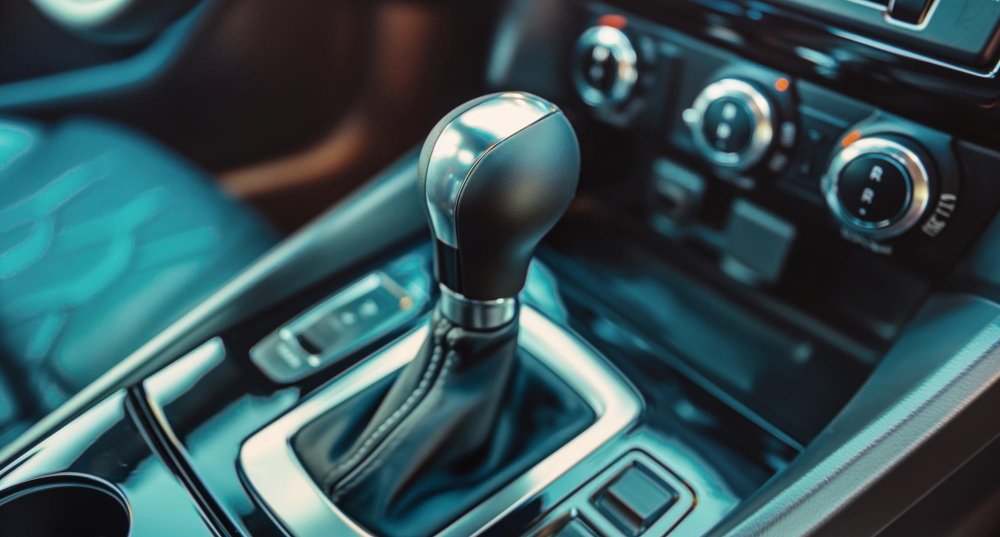
How it works. Two clutches pre-select gears (odd on one shaft, even on the other). Shifts are incredibly quick and efficient. DCTs come in “dry” (no oil bath) and “wet” (oil-cooled) variants.
Kenya advantages.
- Sports-car shift speed with solid highway efficiency.
- Great for enthusiastic driving and quick overtakes on the highway.
Trade-offs.
- Can overheat in crawling traffic; low-speed creep is their weak spot.
- Mechatronics/clutch repairs can be pricey and require specialists.
- Needs exact fluids; software updates are important.
Best for. Enthusiasts, modern turbo cars, and drivers doing more highway than CBD crawling.
Maintenance watch-list.
- Clutch pack wear, mechatronics health, thermal management.
- Keep software up to date; some drivability issues are calibration-related.
- If it’s a dry-clutch unit, treat it gently in stop-go traffic; avoid feathering like a manual.
Buying used tip. In a thorough drive, test parking-lot creep, stop-start crawl, hill starts, and spirited shifts. Feel for judder, delay, or banging. Ask about clutch pack replacements, fluid type, and service history.
Side-by-Side Snapshot
Legend: ★★★★★ = excellent, ★★★★ = very good, ★★★ = good, ★★ = fair, ★ = poor
Assumptions: Nairobi/Mombasa stop-go heat, frequent speed bumps, occasional up-country trips.
| Criteria | MT | AT | CVT | AMT | DCT |
| City comfort (crawl, smoothness) | ★★ | ★★★★ | ★★★★★ | ★★ | ★★★★* |
| Hill/engine-brake control (escarpments, rural) | ★★★★★ | ★★★★ | ★★ | ★★★ | ★★★ |
| Fuel economy (small cars, city) | ★★★★ | ★★★ | ★★★★★ | ★★★★ | ★★★★† |
| Traffic heat tolerance (overheating risk) | ★★★★ | ★★★★ | ★★★ | ★★★ | ★★★ |
| Maintenance predictability (cost/complexity) | ★★★★★ | ★★★ | ★★ | ★★★★ | ★★ |
| Mechanic familiarity (general Kenya) | ★★★★★ | ★★★★ | ★★★ | ★★★ | ★★ |
| Parts availability (common JDM imports) | ★★★★★ | ★★★★ | ★★★★ | ★★★ | ★★★ |
| Low-speed creep & parking manners | ★★ | ★★★★ | ★★★★★ | ★★ | ★★★ |
| Highway performance & quick overtakes | ★★★ | ★★★★ | ★★★ | ★★★ | ★★★★★ |
| Towing/light loads in small cars | ★★★★ | ★★★★ | ★★ | ★★★ | ★★★ |
| Sensitivity to wrong fluid/service | ★★★★ | ★★★ | ★★ | ★★★ | ★★ |
| Resale confidence (typical buyer perception) | ★★★★ | ★★★★ | ★★★★‡ | ★★★ | ★★★ |
* DCT rating assumes you’re moving; extended bumper-to-bumper creeping can make some DCTs feel jerky/overheat if abused.
† DCT shines on highway efficiency; in pure city crawl it won’t beat a well-tuned CVT.
‡ CVT resale is strong if service history shows correct CVT fluid and timely intervals.
Quick Use-Case Picks (What Fits Your Life)
| Use case (Kenya) | Top choice | Why it fits | Backup | Avoid if… |
| Daily Nairobi/Mombasa commuter | CVT | Easiest in jams; best city economy | AT | You tow often or drive aggressively (CVT heat risk) |
| Up-country hills + mixed terrain | MT | Maximum engine-braking & control | AT | You hate clutch work in traffic |
| Ride-hailing (Uber/Bolt) city bias | CVT | Smooth + economical for stop-go | AT | Your routes include steep, hot climbs all day |
| Budget two-pedal (small hatch/sedan) | AMT | Lower buy/maintain cost vs AT | AT | You’re sensitive to shift “thump” |
| Performance & highway cruising | DCT | Lightning shifts, overtakes | Modern AT | Your routine is 90% bumper-to-bumper crawl |
| Light commercial/pickup, rough duty | MT | Simple, tough, cheap to maintain | AT (truck-grade) | Drivers often ride the clutch or skip services |
Popular Use-Cases & Picking the Right Fit
City budget runabouts (school runs, office commute, ride-hailing). CVT or AT shines for smoothness; AMT if your budget is tight and you can live with a little shift thump.
Up-country + mixed terrain. MT for maximum control and robustness; a well-geared AT for comfort on long trips.
Fleet/light commercial. MT in pickups and small vans for low running costs and simplicity.
Performance & highway bias. DCT (with good local support) or a modern multi-speed AT.
(Specific models vary by year and trim; confirm gearbox type by VIN or chassis code before purchasing.)
Buying Used in Kenya: Transmission Checklist
- Scan first. Use a proper OBD scanner to check for stored transmission and temperature codes.
- Cold and hot tests. A gearbox can behave fine when cold but act up when hot (and vice versa). Test both.
- Engagement & shift quality. Drive, Reverse, and shifts should engage promptly and smoothly, without flare or bang.
- Listen & feel.
- CVT: Whine/rumble, especially under light acceleration.
- AT: Harsh 2–3 shifts, delayed engagement, or shudder when locking up.
- MT/AMT: Clutch bite point (too high = wear), grinding into gears.
- DCT: Low-speed judder, hesitation, or banging when creeping/parking.
- CVT: Whine/rumble, especially under light acceleration.
- Fluid honesty. Ask what fluid was used, when, and keep receipts. CVTs and DCTs are fluid-sensitive; “universal ATF” is a red flag.
- Cooling health. Overheating kills gearboxes. Check radiator cleanliness, auxiliary coolers, and that fans cycle properly.
- Service history. Prefer cars with documented transmission services, not just “general service.”
- Road profile match. If you’ll do a lot of hill work, test on a hill. If your life is CBD crawl, simulate it.
- Independent inspection. Before buying, pay a trusted transmission-savvy garage to inspect and road-test.
Ownership & Maintenance Tips That Pay Off Here
- Use the exact fluid spec. CVT, AT, and DCT fluids differ—down to brand/type. Fluid mistakes are a leading cause of early failure.
- Respect intervals, not myths. “Lifetime” fluid is marketing shorthand; Kenya’s heat, dust, and traffic are severe duty. Shorten intervals modestly if you drive in heavy congestion or tow.
- Keep things cool. Clean radiators and functioning fans matter. For cars with aux transmission coolers, ensure no leaks and good airflow.
- Drive with mechanical sympathy.
- CVT: Avoid hard launches and towing heavy loads in small cars.
- DCT: Don’t creep indefinitely using throttle; brake, pause, then go.
- AMT: Ease off the throttle during shifts; use the brake or hill-hold on slopes.
- MT: Don’t rest your foot on the clutch; don’t hold the car on a hill using clutch slip.
- CVT: Avoid hard launches and towing heavy loads in small cars.
- Use correct modes. On long descents, use “L,” “S,” or manual mode to increase engine braking and prevent brake fade (AT/CVT/DCT).
- Record keeping. File receipts and note mileage for every transmission service; this boosts resale value and helps troubleshooting later.
- Software and calibrations. Some ATs/DCTs behave better after software updates or relearns. Ask your garage to check for TCM updates.
Resale Reality in the Kenyan Market
- Manuals hold value well in tough-duty segments (pickups, workhorses) where buyers prize simplicity and control.
- Conventional automatics are strong in family segments and ride-hailing, balancing comfort with predictable upkeep.
- CVTs resell well in urban-use small cars if service records show the right fluid and intervals; abused units scare buyers.
- DCTs are attractive to enthusiasts; resale hinges on brand support, documented servicing, and clean driving behaviour.
- AMTs fetch reasonable prices if the clutch/actuator are healthy and shifts are smooth—demonstrate this in a test drive.
To maximise resale, service on time, keep invoices, and address small issues before they become big, noisy ones.
FAQs
Which transmission is best for daily Nairobi traffic?
CVT or a modern AT. They’re smooth, easy, and efficient in crawl. If budget is tight, an AMT works, but learn to ease throttle during shifts.
What about steep up-country hills and mixed terrain?
A manual gives maximum control and engine-braking. A well-geared AT is a great comfort alternative. For CVTs, choose proven models and mind cooling.
Do CVTs survive in Kenya?
Yes—if you use the exact CVT fluid, keep cooling healthy, and don’t treat it like a performance gearbox. Aggressive launches and heavy towing in small CVTs are a no.
Is a DCT a headache in traffic?
It can be if you creep using throttle. Treat it like a robotic manual: brake, pause, then move. On the highway, DCTs are excellent.
Can I convert an MT to AT or CVT?
Possible but usually not cost-effective. Electronics, harnesses, mounts, cooling, and certification complications add up. Buy the spec that suits your life.
How often should transmission fluid be changed?
Follow the owner’s manual—but Kenya’s heat/traffic often justify earlier changes. As a ballpark, many owners cut intervals by 20–30% under severe conditions. Use this as a discussion point with a trusted garage for your exact model.
How do I verify a used import’s transmission health?
Demand a full scan, hot/cold test drive, and documented service. Avoid sellers who can’t show fluid brand/spec and intervals for CVT/AT/DCT.
Quick Decision Guide
- Tight budget, tough roads, maximum control? Manual (MT).
- City comfort + reliability without fuss? Automatic (AT).
- Best city fuel economy + smoothness? CVT (with correct fluid & cooling).
- Two-pedal convenience on a budget? AMT (accept some shift thump).
- Performance feel and fast shifts? DCT (with solid local support and careful driving in traffic).
Conclusion: Match the Gearbox to Your Real Life
Kenyan driving is a blend of crawling through CBD traffic, climbing and descending serious hills, crossing hot, dusty stretches, and occasionally tackling rough patches. There’s no universal “best” transmission—only the best one for your routes, loads, and maintenance reality. Manuals reward skill and shine up-country. Conventional automatics are the comfy all-rounders. CVTs rule urban efficiency if you respect their fluid and cooling needs. AMTs deliver two-pedal convenience on a budget if you can live with shifts you can feel. DCTs bring excitement and efficiency on the open road—treat them kindly in traffic and keep software/fluids spot-on.
If you’re shortlisting cars, map your weekly routine: percentage in stop-go traffic, typical hill work, highway kilometres, passenger/load weight, and how long you’ll keep the car. Then pick a transmission that matches—not just today, but five years from now. And before you hand over the bank transfer, get a proper scan, a long test drive, and proof of the right fluid in the box you’re buying.
Related posts


Buying a Used Toyota Prado J120 in Kenya


The Ultimate Family SUV? A Review of the Toyota Prado J150


Cars Under 1000cc in Kenya


